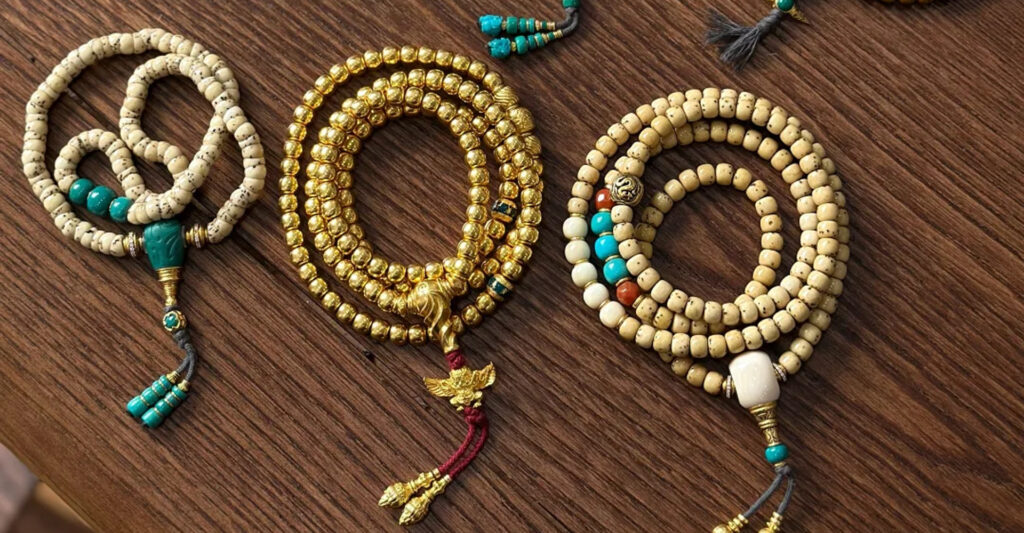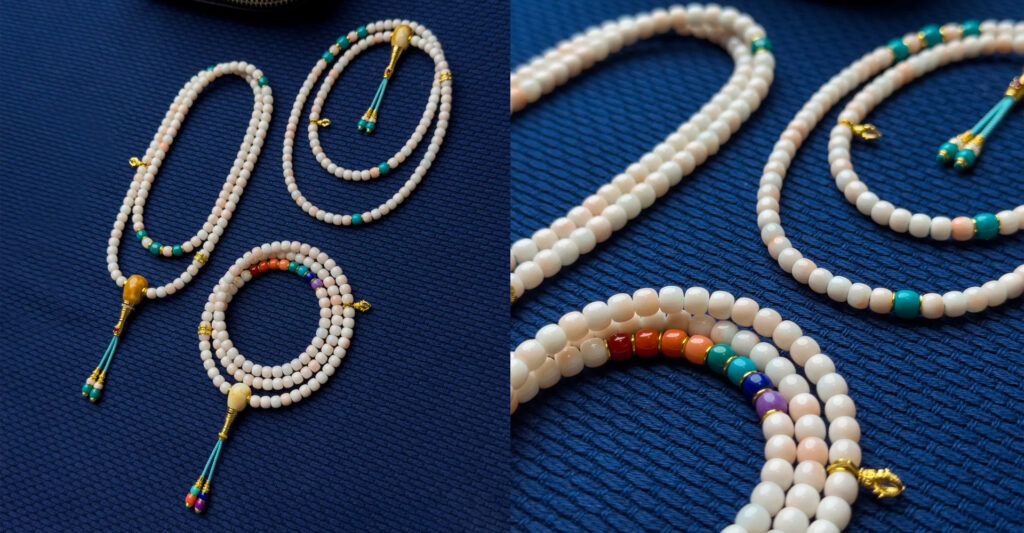Sandalwood is an ancient, mysterious, and rare tree species. In religious circles, it is revered as the “Sacred Tree”; in feng shui, it is hailed as the “Wealth-Attracting Tree”; throughout history, it has been honored as the “Royal Tree” for symbolizing power and status; in modern market economies, it is celebrated as the “Golden Tree”; and in Australia, it is known as the “Money Tree.”

Is Old Mountain Sinking Wood Better?
Not necessarily. While agarwood and sandalwood—especially fresh material or sections with high oil content—may have greater density, many pieces develop similar aromas over time, regardless of density. The market hype around sinking beads stems solely from their rarity, creating a perception of value through scarcity, but this offers no benefit to the fragrance. Conversely, for larger pieces, prolonged storage often leads to cracking as moisture evaporates, though this process is difficult to detect. Remember: agarwood and sandalwood are compounds of oil and water. Moisture evaporation in new wood can be slower than expected, and the resulting density and weight changes are more significant.
Is darker color always better for old mountain sandalwood?
Not necessarily. My aged Laoshan root not only floats but also lacks deep color, yet its aroma remains bold and rich. Why? Because time is paramount—only fully matured material can express its true fragrance. This misconception about color depth sometimes leads buyers to purchase other varieties mistaken for Laoshan. Some sandalwoods are very dark but not Laoshan—this requires particular caution. If anyone can distinguish material depth and density with eyes closed, I’ll gladly give them my collection.

Is fading Old Shan sandalwood a sign of counterfeit?
Any wood exposed to air—especially frequently worn beads or bracelets—will fade over time, whether agarwood or sandalwood. This oxidation forms a protective film on the surface. Areas in contact with skin also absorb proteins, sweat, and oils, which accelerate oxidation when combined with dust, causing darkening. While this patina protects the beads, it also impedes fragrance diffusion. To preserve the scent, wear them cleanly and store them sealed—ideally not handled at all or polished with cloth.
Is all Indian sandalwood Old Mountain?
“Old Mountain” isn’t a species but a standard. Simply put, only rich, aged South Indian sandalwood qualifies as Old Mountain—provided it’s aged for years or even decades. Of course, sandalwood isn’t exclusive to India, so some prefer to label aged wood from other regions as “XX Old Mountain” (where XX denotes the origin). The situation is even more complex when India purchases wood from other regions, processes it, or exports whole logs for resale. It’s akin to Qinghai wood being transported through Xinjiang and marketed as Hetian jade—a tactic Indians also employ. Just because Chinese people are clever doesn’t mean others are foolish.
Are both sandalwood and agarwood equally fragrant?
Fragrance intensity is relative. The renown of sandalwood and agarwood stems from their quality, not their quantity. Natural substances simply cannot match the intensity of synthetic or chemical compounds. As a buyer, you must understand what you’re seeking. If it’s the scent, opt for small pieces or samples. If it’s resource preservation or value retention, choose finished products or high-end items. But if you expect a tiny bit of sandalwood or agarwood to fill your entire house with fragrance, you’re better off choosing air fresheners, perfumes, or menthol balms.